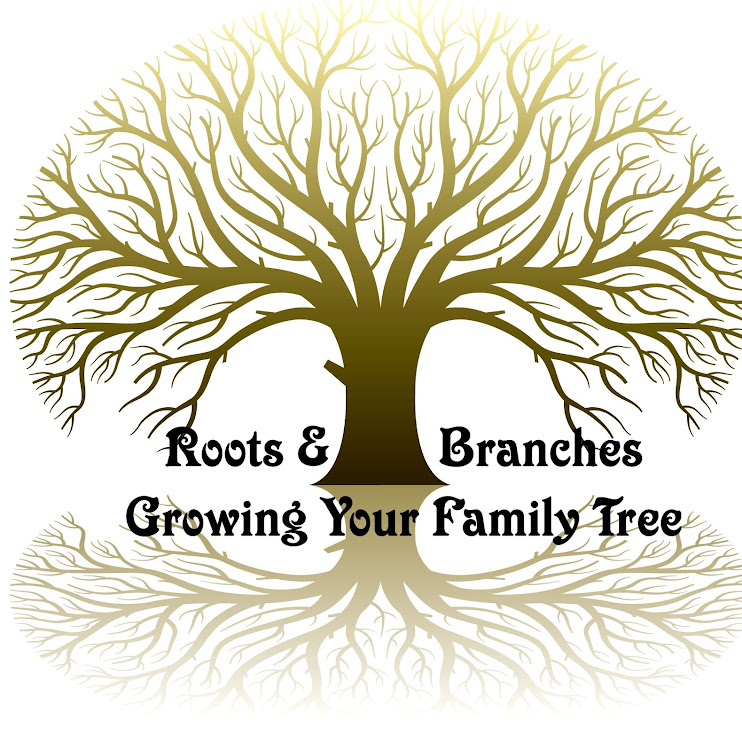FamilySearch Releases GEDCOM Version 5.5.1
 GEDCOM
GEDCOM is an abbreviation that stands for
GEnealogy
Data
COMmunications. In short, GEDCOM is the language by which different genealogy software programs talk to one another.
GEDCOM was developed by the Family History Department of The Church
of Jesus Christ of Latterday Saints (LDS Church) to provide a flexible,
uniform format for exchanging computerized genealogical data.
GEDCOM is not a program. Instead, it is a specification of the method
that different genealogy programs should use to exchange data. The
purpose is to exchange data between dissimilar programs without having
to manually re-enter all the data on a keyboard. A GEDCOM file is a
plain text file (usually either UTF-8, ANSEL or ASCII) containing
genealogical information about individuals, and meta data linking these
records together.
All of today’s more popular genealogy programs will import and export
GEDCOM data. However, the GEDCOM standard first adopted in 1985 did not
envision today’s environment of multimedia files, such as digital
pictures, video, audio, text files using non-English alphabets
(Cyrillic, Bulgarian, Hindi, Chinese, Japanese, Hebrew, and other
languages), links to external data stored in the World Wide Web, and
many more commonly-used standards of today.
Over the years, the GEDCOM standard has been updated several times
with each update adding new functionality and significantly improving
the standard. However, because of the constantly evolving improvements
in genealogy programs, data transferred via GEDCOM often has not been
perfect. After transferring from one program to another, manual
“clean-up” has often been required to fix any data that was not
transferred properly.
Now FamilySearch has released a new update: GEDCOM 5.5.1
This is the first update in ten years. The new GEDCOM 5.5.1 standard may be found at:
https://edge.fscdn.org/assets/img/documents/ged551-5bac5e57fe88dd37df0e153d9c515335.pdf. The most important part of that document is listed in the section entitled
Modifications in Version 5.5.1 that starts on page 6 of that document.
While there are numerous changes and clarifications, perhaps the most interesting items are the new tags added in GEDCOM 5.5.1:
EMAIL electronic mailing address
FAX FAX address
FACT A fact or characteristic.
FONE Phonetic variation of a text.
ROMN Romanized variation of a text.
WWW Web Home page address.
MAP Pertaining to maps.
LATI value of a latitudinal coordinate pertaining to the place of an event
LONG value of a longitudinal coordinate pertaining to the place of an event.
What will the impact of GEDCOM 5.5.1 mean to non-programmers?
Nothing will change immediately for most users. However, the new
update does mean that the programmers who write the many genealogy
programs will need to update their products and then release new
updates. As these updated products become available, anyone using a
newly-updated genealogy product that conforms to GEDCOM 5.5.1 can
exchange data with more accuracy with anyone else who is also using a
GEDCOM 5.5.1-compatible genealogy program.
 I
have written before about this outrageous proposal to increase fees
nearly 500%. However, it is great to see CNN pick up the story and give
the effort to stop the increase even more publicity. With millions of
readers, a story in CNN can generate a lot of publicity.
I
have written before about this outrageous proposal to increase fees
nearly 500%. However, it is great to see CNN pick up the story and give
the effort to stop the increase even more publicity. With millions of
readers, a story in CNN can generate a lot of publicity.


